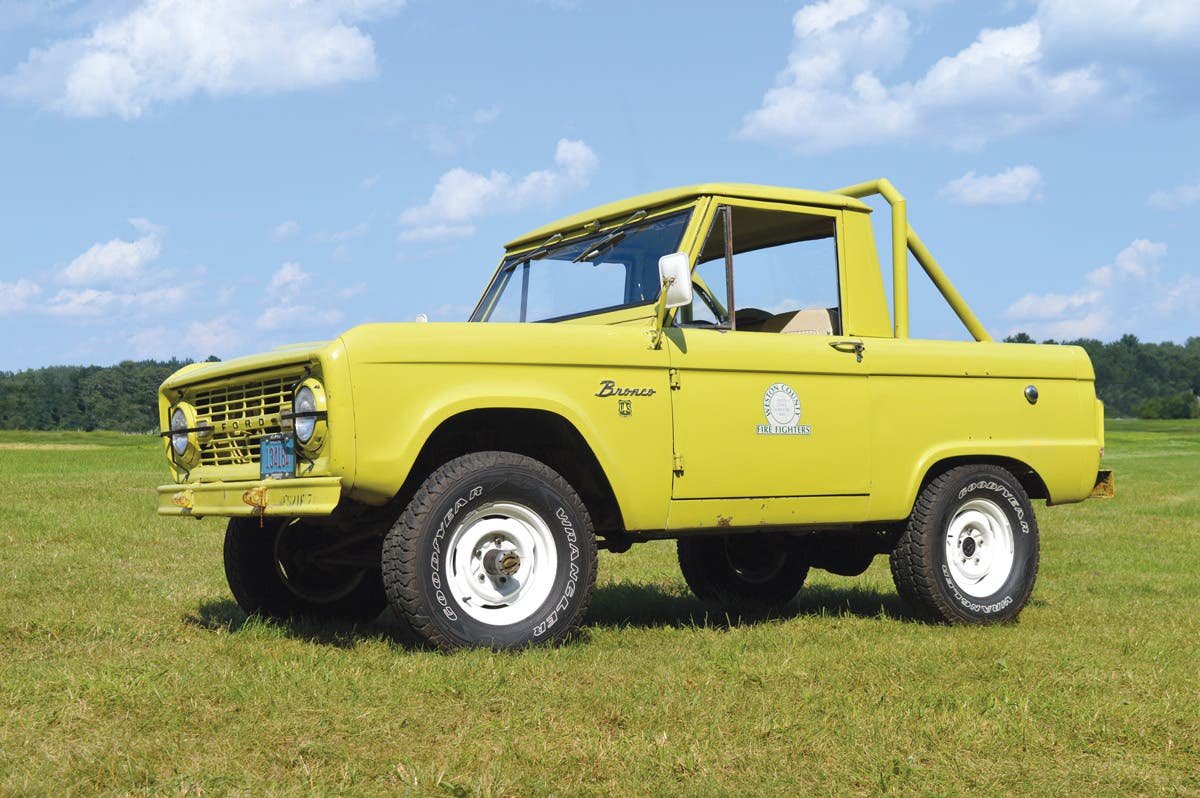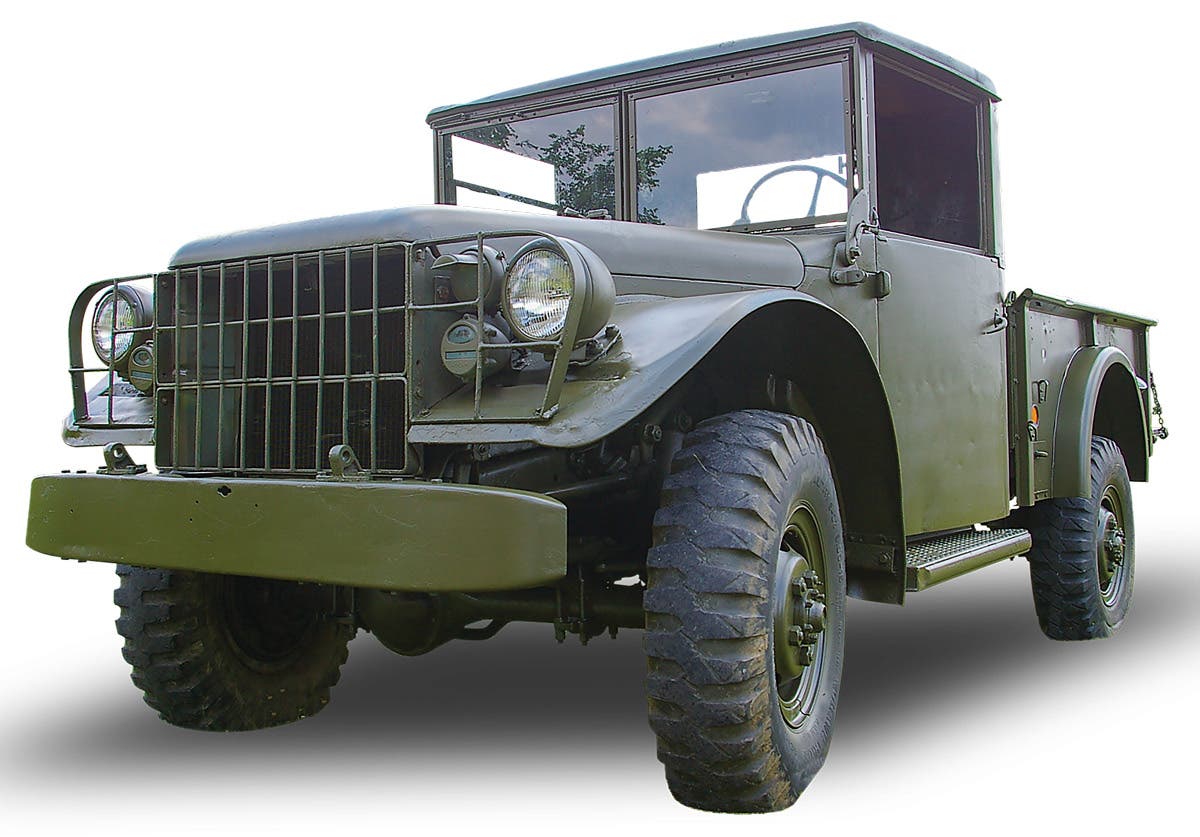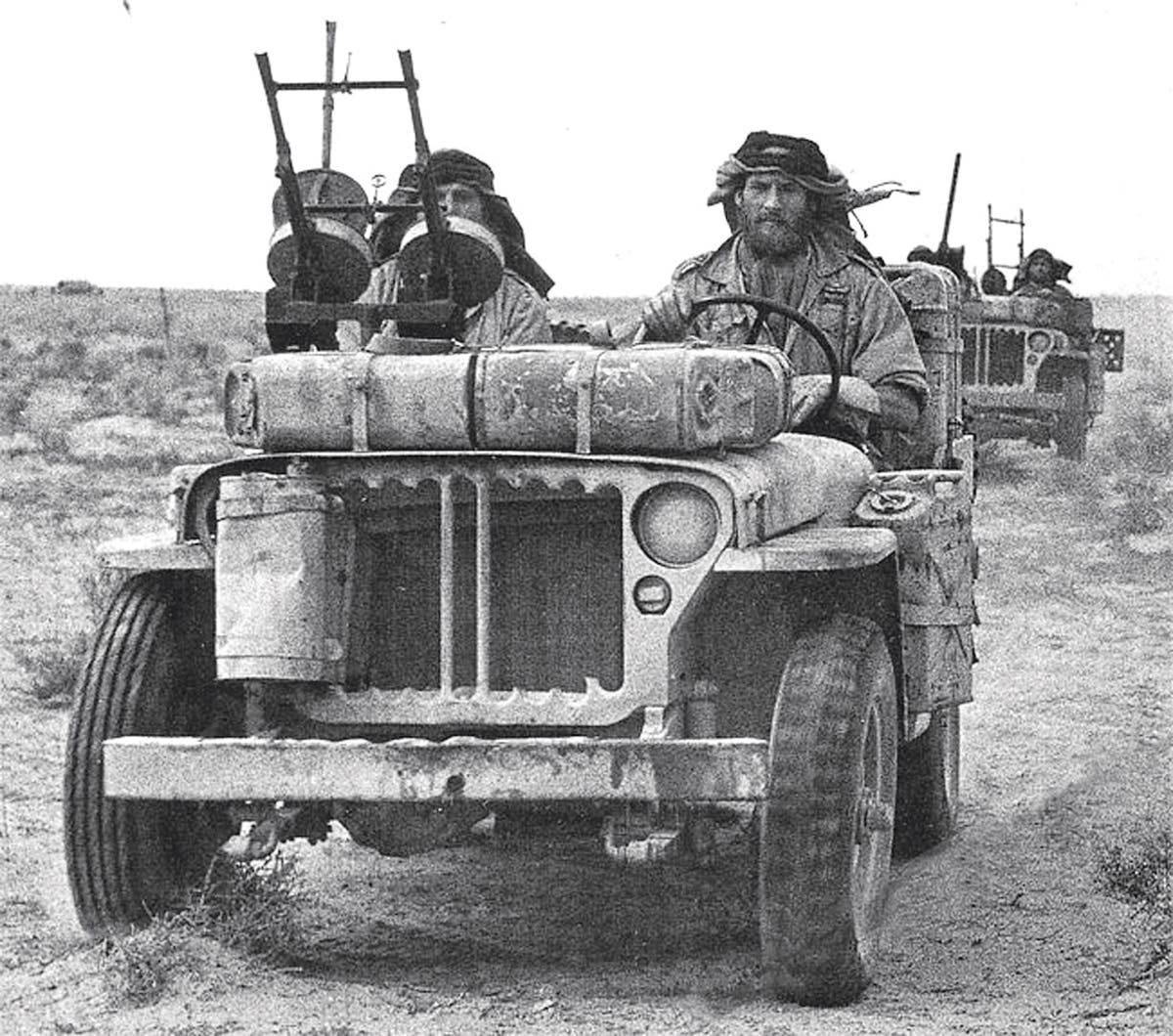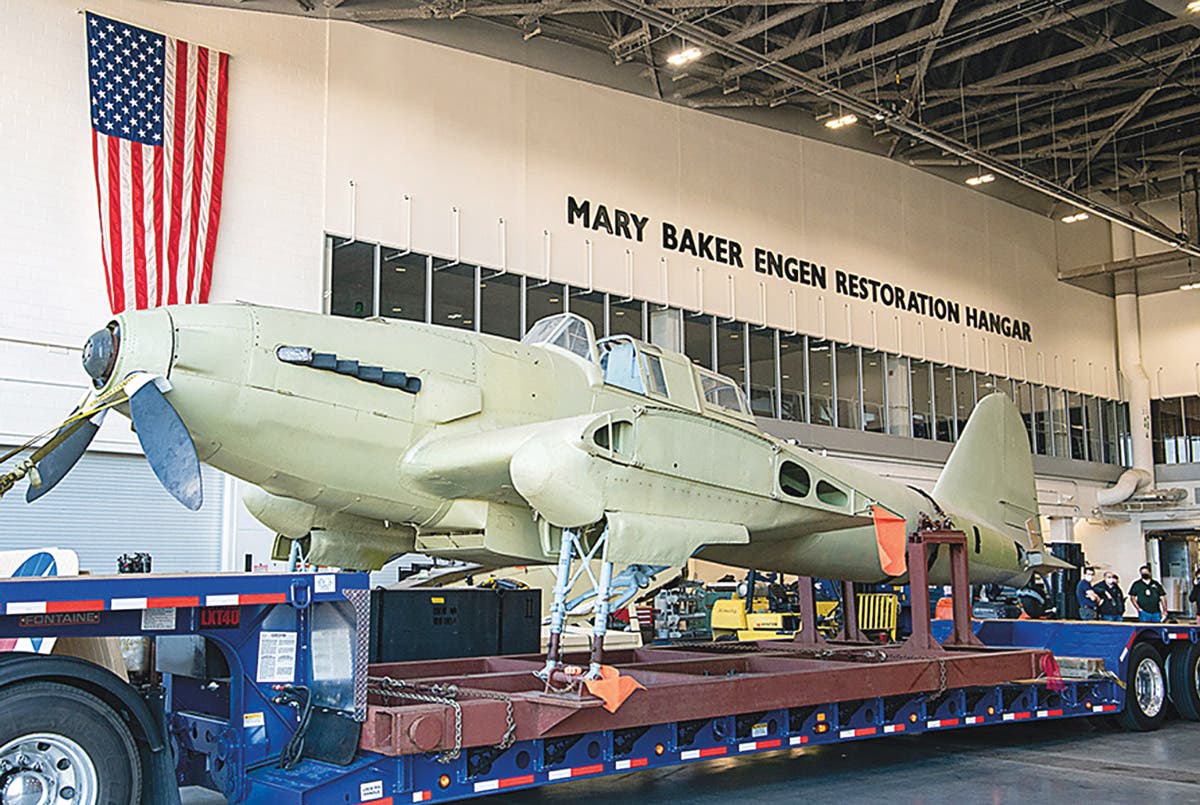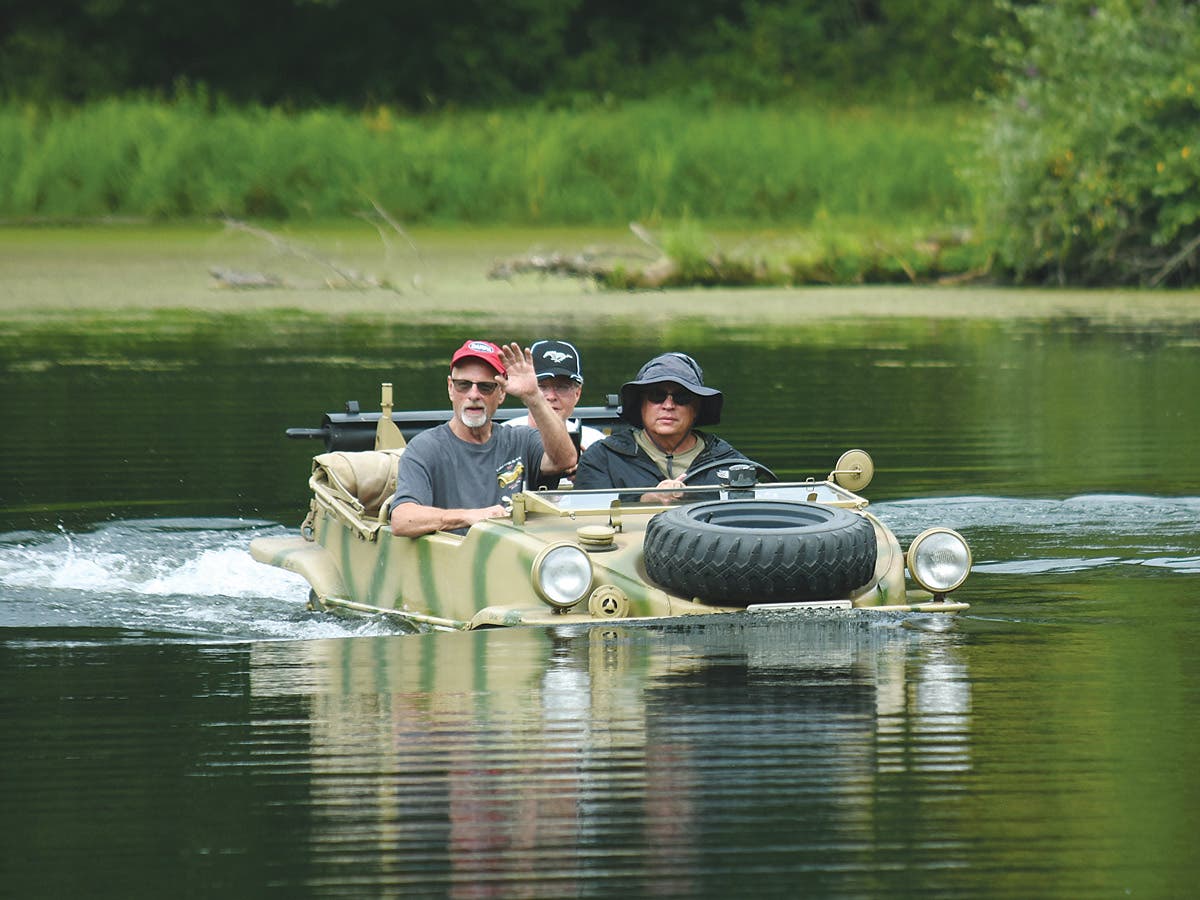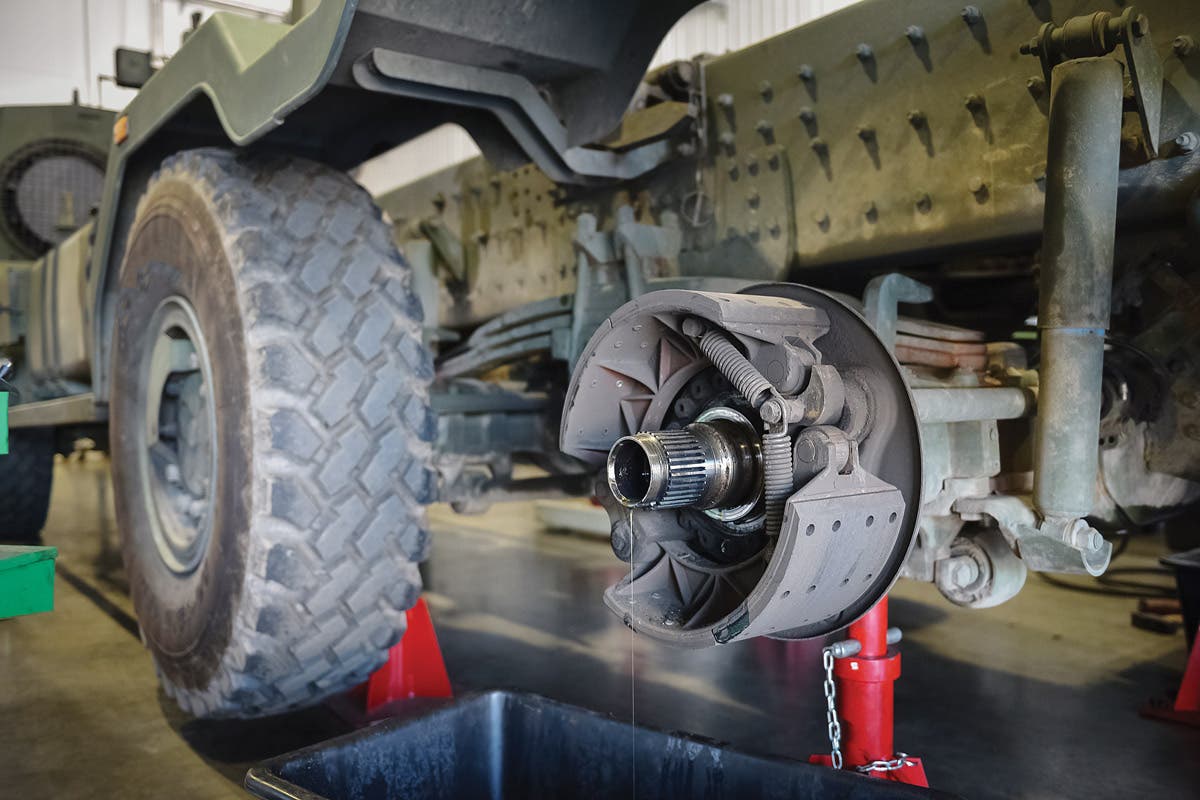A7V replica wows crowd at Tankfest 2009
A full-scale replica of a German A7V paraded around the green at Tankfest 2009 in Bovington, England.
July 1, 2009
Nearly 90 years since 21 German A7V tanks first rolled against allied forces, a full-scale replica paraded around the green last weekend at Tankfest 2009 at the Tank Museum in Bovington, England. The replica A7V was built over the course of 3 1/2 years by a crew led by Bob Grundy. The engine, drive train and track laying gear are based on Fordson County Crawler components. The hundreds of rivets that cover the 'armoured' body of the vehicle are made of washers domed in a press and screwed on to the marine fiberglass that stands in for steel plate.
This is actually the second replica A7V runner in existence. The first replica was built in Germany in the late 1980s and is now on display at the Panzermuseum Munster in Germany. Of the 21 A7V's delivered to the German army in World War I only one vehicle survives. Captured by the Australian troops in 1918 and shipped back to Australia as a war trophy in 1919, "Mephisto" is on static display at the Queensland Museum in Australia.
Replica A7V at Tankfest 2009
The tank's name was derived from that of its parent organization, Allgemeines Kriegsdepartement, 7. Abteilung, Verkehrswesen. In German, the tank was called Sturmpanzer-Kraftwagen (roughly "assault armoured motor vehicle").
The A7V was 7.34 metres (24 ft 1 in) long, 3 metres (10 ft) wide, and the maximum height was 3.3 metres (10 ft 10 in). The tank had 20 mm of steel plate at the sides and 30 mm at the front; however the steel was not hardened armour plate, which reduced its effectiveness. It was thick enough to stop machine gun and rifle fire, but not larger calibres. This offered protection comparable to the thinner armour of other tanks of the period, which used hardened steel.
The A7V was armed with six 7.9 mm MG08/15 machine guns and a 5.7 cm gun mounted at the front. The "female" variant had two more machine guns in place of the main gun. It is not entirely clear how many started this way or were converted. Some sources say only chassis number 501 saw combat as a female.
Power came from two centrally mounted Daimler 4-cylinder engines delivering 100 hp (74 kW) each. The top speed was about 15 km/h on roads and 5 km/h across country. The A7V carried 500 litres of fuel (132 imperial gallons).
It was as slow as other tanks of the day, but had very poor off-road capability and was prone to getting stuck. The large overhang at the front and low ground clearance meant trenches or very muddy areas were impassable. This was worsened by the fact that the driver could not see the terrain directly in front of the tank, due to a blind spot of about 10 metres. However, on open terrain it could be used to some success and offered more firepower than the armored cars that were available. Power to weight ratio was 6.8 hp/ton (5.1 kW/ton), trench crossing: 7 ft (2.3 m), ground clearance: 7.5 to 15.75 in (200 to 400 mm).
Vintage footage of A7V:
The first tank against tank combat in history took place on the 24 April 1918 when three A7Vs (including chassis number 561, known as "Nixe") taking part in an attack with infantry incidentally met three Mark IVs (two Female machine gun-armed tanks and one Male with two 6-pounder guns) near Villers-Bretonneux. During the battle tanks on both sides were damaged. According to the lead tank commander, 2nd Lt Frank Mitchell, the Female Mk IVs fell back after being damaged by armour piercing bullets. They were unable to damage the A7Vs with their own machine guns. Mitchell then attacked the lead German tank, commanded by 2nd Lt Wilhelm Biltz, with the 6 pounders of his own tank and knocked it out. He hit it three times, and killed five of the crew when they bailed out. He then went on to rout some infantry with case shot. The two remaining A7Vs in turn withdrew. As Lt. Mitchell's tank withdrew from action, seven Whippet tanks also engaged the infantry. Four of these were knocked out in the battle, and it is unclear if any of them engaged the retreating German tanks. Lt. Mitchell's tank lost a track towards the end of the battle from a mortar shell and was abandoned. The damaged A7V was later recovered by German forces.
All 18 available A7Vs had been put into action that day with limited results; two toppled over into holes, some encountered engine or armament troubles. After a counterattack, three ended up in Allied hands. One was unusable and scrapped, one used for shell testing by the French, and the third taken by the Australians.
The A7V was not considered a success and other designs were planned by Germany, however the end of the war meant none of the other tanks in development, or planned ones, would be finished (such as the Oberschlesien, K-Wagen, LK I or LK II). The final use in WWI of A7Vs was in October 1918; a number were scrapped before the war ended in November.
The extremely limited production of 20 made a very limited contribution, and most of the tanks (less than 100 in total) that were fielded in action by Germany in World War I were captured French or British tanks (Beutepanzer). In contrast, the French had produced over 3,600 of their light FT-17, the most produced tank of World War I, and the British over 2,500 of their heavy Mark I to V tanks.



